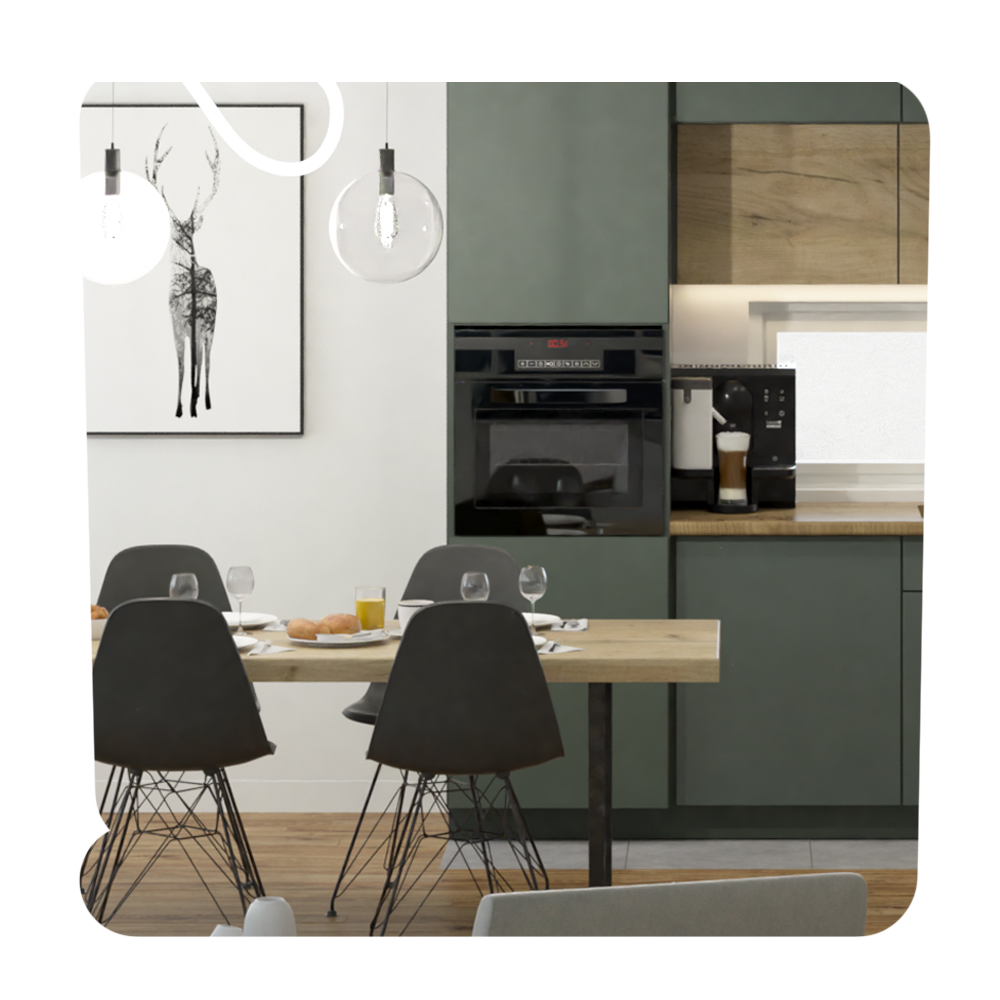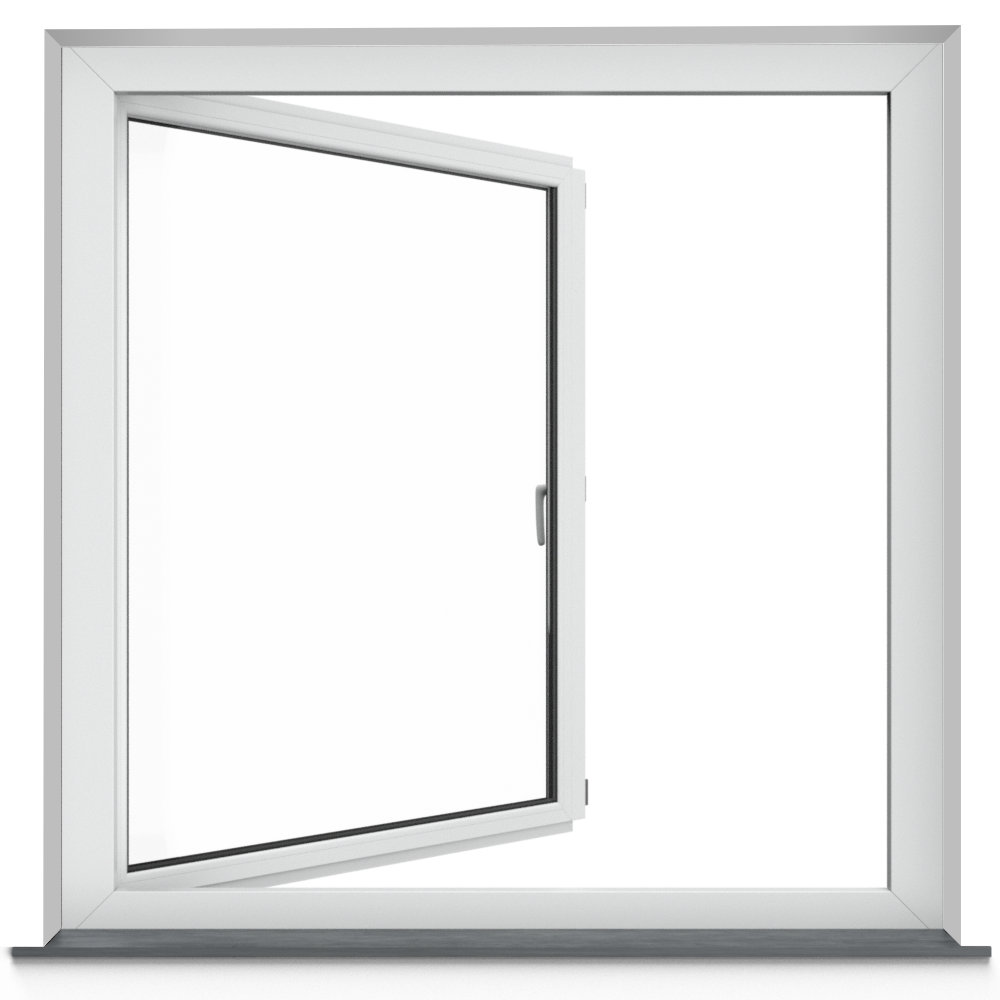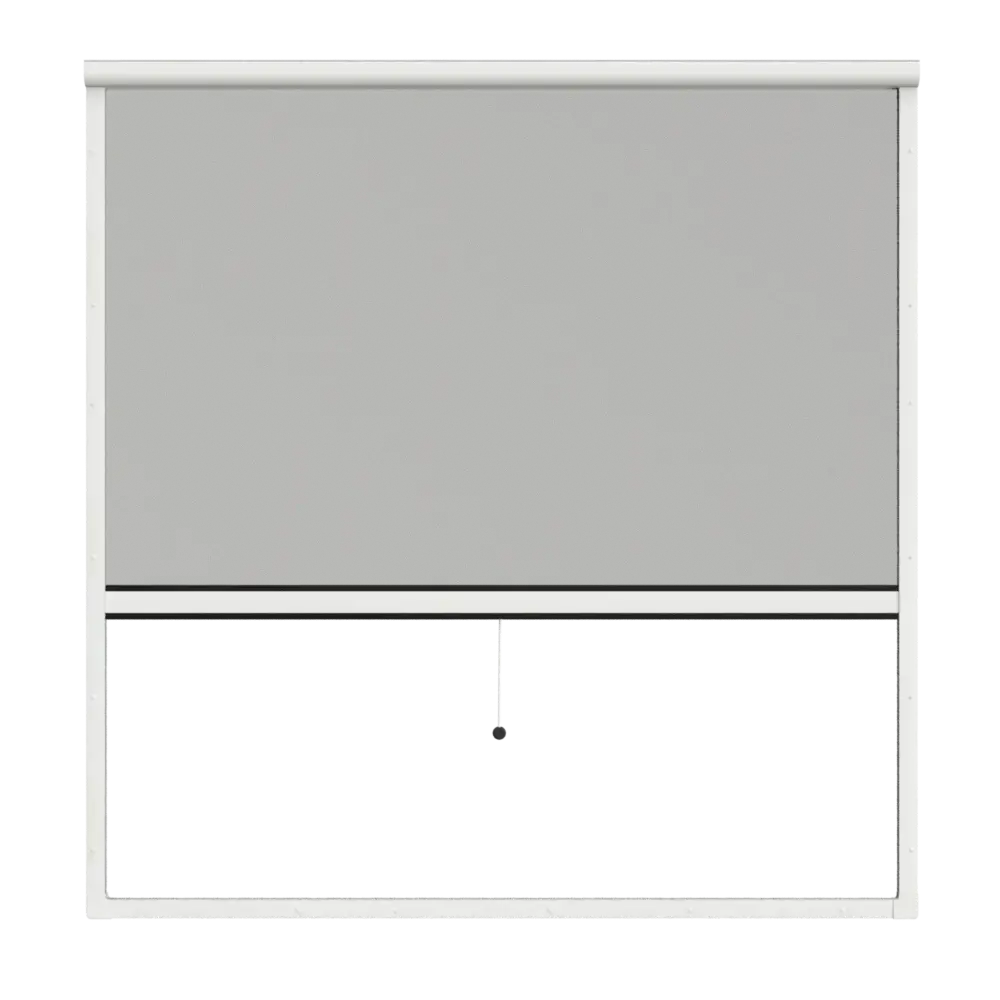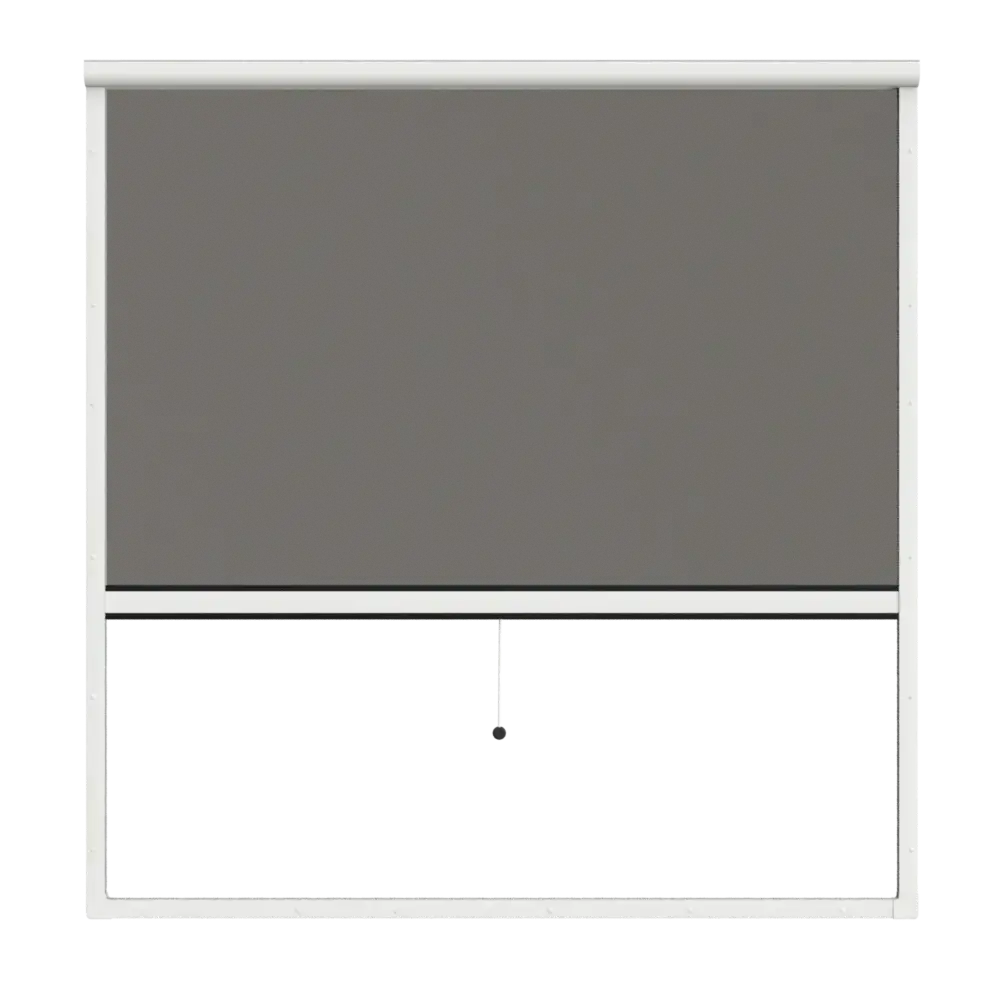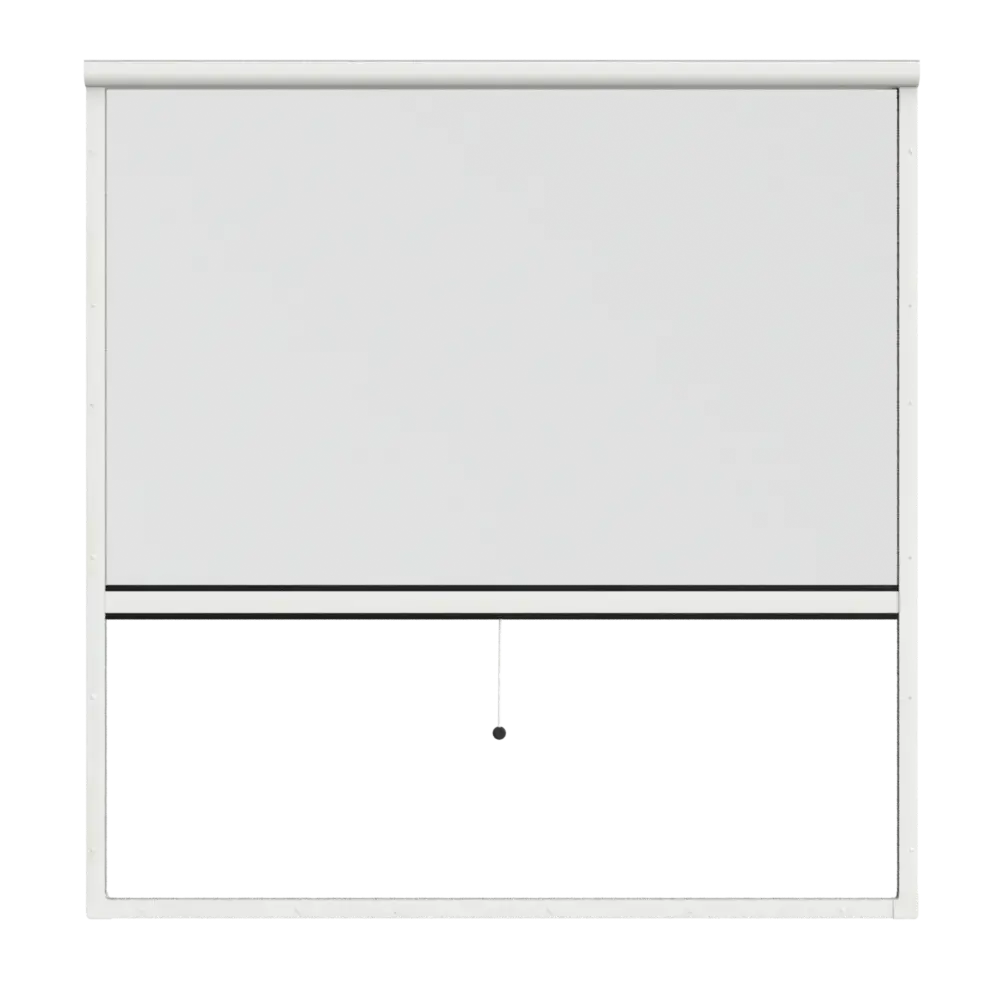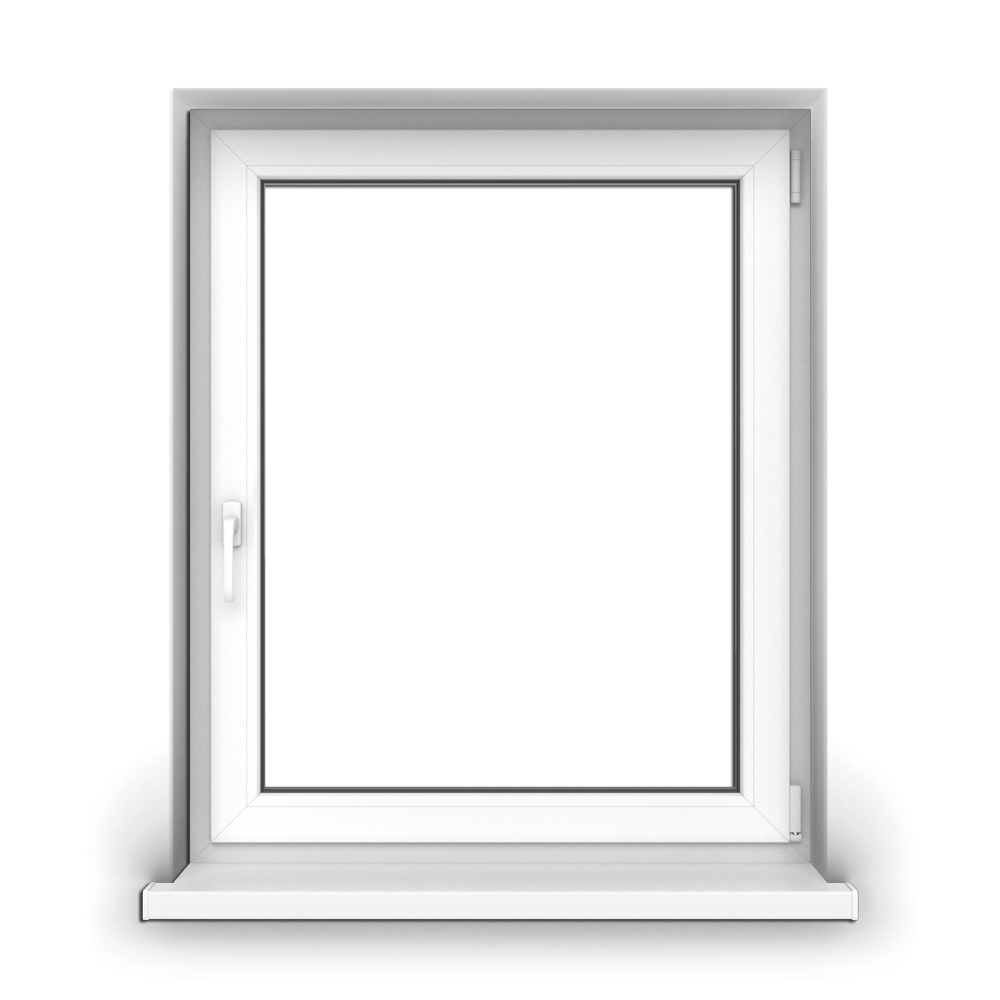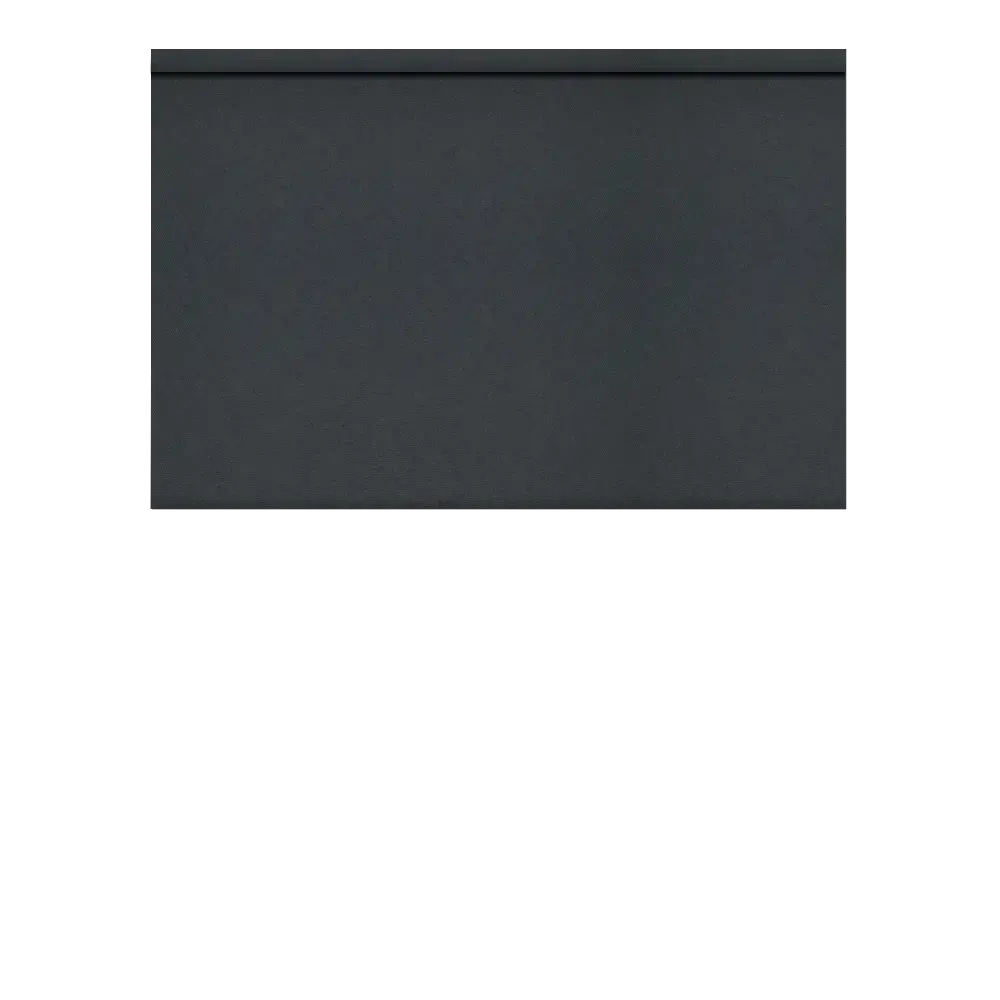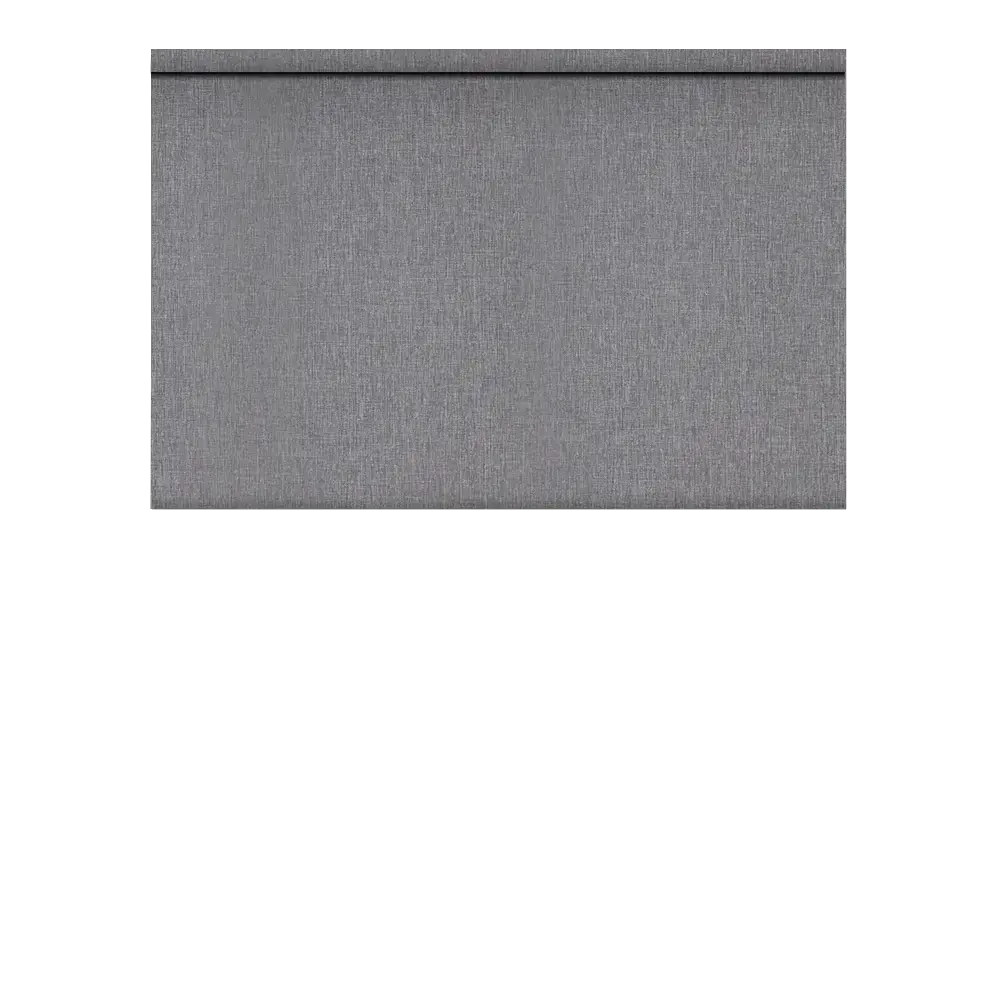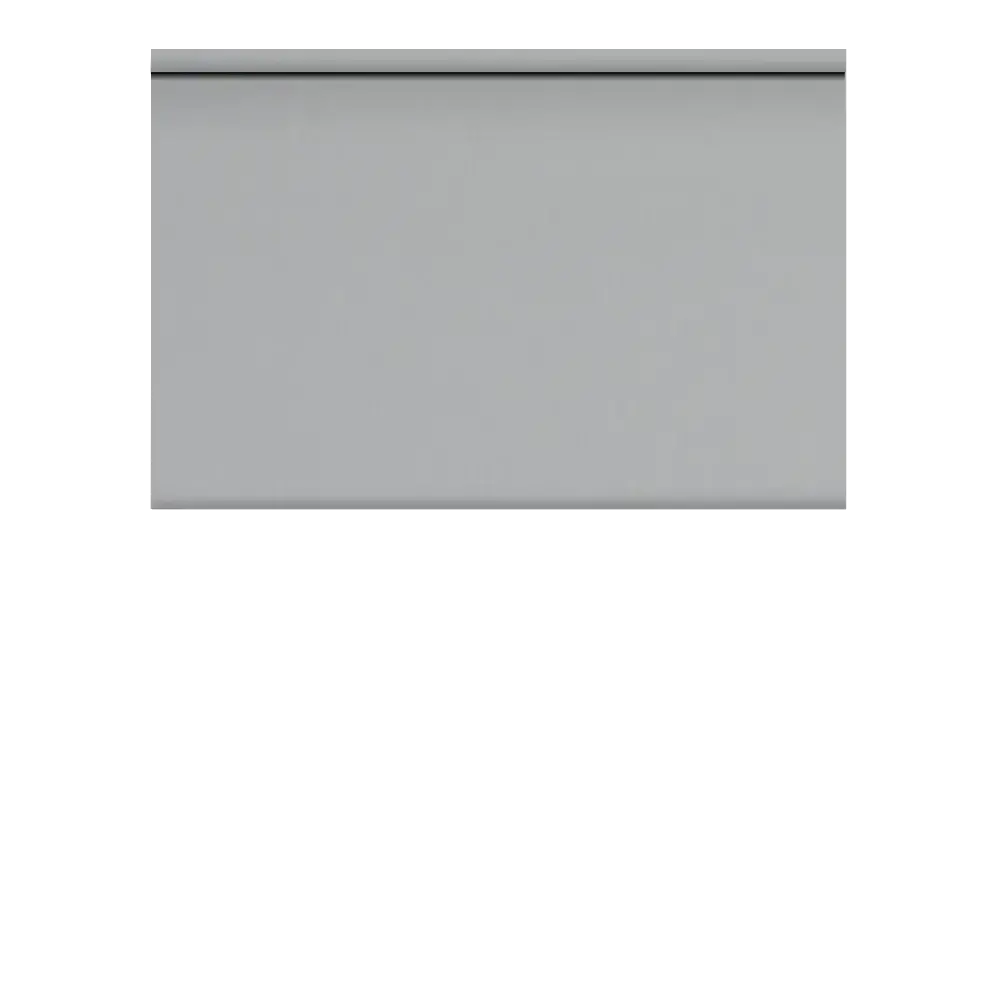What are you looking for?

External roller blinds - electric or manual? Find out the pros and cons
External roller blinds are one of the most popular window guards in detached houses, flats and flats. Irrespective of the method of control (manual or electric), each solution provides effective protection against intense sunlight, glances from unauthorised persons and burglars. What are the differences and similarities between manual and electric external roller blinds? What are the advantages and disadvantages of manual and electric roller blinds?
Manual external roller blinds - how do they work?
Manually operated external blinds have - as the name suggests - a manual control mechanism. Everything is done very simply - the window covering is rolled up and down using a characteristic tape or belt. If we are dealing with heavier models of external roller blinds (e.g. for terrace or balcony windows), their mechanism is equipped with the so-called crank rollers, which have a special 3:1 gear allowing free lifting. Further components of the roller blind fittings are the cassette (retractor), the cord (cord) and the grommet.
Advantages of manual external roller blinds
The manual mechanism (lifting by a string) is invariably the most popular way of controlling external roller blinds. Its advantage is simplicity of use. Manual lifting does not require any additional costs - this is included in the price of the roller blind. The biggest advantage of this mechanism is its independence - from voltage failure or power failure, making it impossible to operate external roller blinds.
Disadvantages of manual external roller blinds
Manually operated roller blinds are much less aesthetically pleasing than their electric counterparts. Interior designers and architects emphasise that this solution does not particularly fit in with the modern, minimalist style of design. In addition, manually operated roller blinds do not work in all technical conditions - e.g. if there is not enough space between the window frame and the furniture (this is typical for kitchens, where kitchen cabinets sometimes reach right into the window recess).
Using manual external roller blinds is quite cumbersome and time-consuming - rolling up and down requires force.
Advantages of electric external blinds
Electrically operated external roller blinds are distinguished by their high level of operating comfort. They are most often selected for newly built detached houses, where they are flush-mounted. Householders describe them as a more aesthetically pleasing solution - compared to their manual counterparts.
How do external electric roller blinds work?
Wondering how to choose electrically operated external roller blinds? There are two basic types. External roller blinds that are electrically operated can be controlled via a remote control (radio motor) or a key switch (cable motor).
What are the characteristics of cable control?
External roller blinds controlled by a rocker switch are a typical solution for the so-called intelligent house. This switch is attached to the wall near the roller shutter. It allows upward and downward control. Usually only one key switch is assigned to one external roller blind (there is no option that one button is responsible for all the electric window covers in the house). If there are more roller shutters in the house, there will be a separate switch for each of them. This control system can therefore be expanded with additional central group switches. It is also possible to control such external roller blinds from a mobile phone.
What are the characteristics of radio-controlled external roller blinds?
External roller blinds controlled by remote control must be connected to the home electrical installation. The greatest advantage of automatic (remote control) control is the ability to operate each roller shutter individually or several at the same time (in contrast to pushbutton switches, one remote control is responsible for all electric window guards). It is also possible to install so-called time programming (automatic timers), which can, incidentally, be linked to an alarm. External roller blinds programmed in this way operate intelligently - even when you are not home. They raise themselves during the day and close at night. The imitation of the occupants' presence deters potential burglars. State-of-the-art radio motors can automatically measure the ambient temperature, precipitation and sunshine - and then adjust the opening and closing of the roller shutters according to the weather conditions.
Disadvantages of electric external roller blinds
The biggest disadvantage of electrically operated external roller blinds is the high cost of installation - much higher than that of their manual counterparts. Another disadvantage is related to potential damage to such window guards (in winter, special attention should be paid to the condition of the motor, which may freeze). So-called overload drives, which 'disable' the mechanism in the event of freezing, can be helpful solutions in such situations. These are found in both radio and cable motors.
External electric roller blinds are most often installed during the construction or renovation of a house or flat. This is not surprising - then it is easier to distribute the electrical installation for the blinds (depending on the selected electrical control method). Their installation in built, ready-made houses causes much more difficulties and additional costs.
Facade and screen blinds - the alternative to external roller blinds
Manual and electric external roller blinds are the most popular choice among domestic window coverings. For office buildings and flats with large glazings, modern facade blinds are a better choice. They allow a clear reduction in the use of air conditioning in summer, while still providing sufficient natural light. Would you like to know the similarities and differences between facade blinds and external roller blinds? Read: External roller blinds or facade blinds? Which to choose?
External manual and electric roller blinds have a clumsy design, heavy weight, invasive installation. What if you want to install such window coverings at every stage of a renovation or minor interior metamorphosis? A convenient alternative is the modern Screen external roller blinds. If you want to find out more about them, read: Screen roller blinds - are they worth installing? What are their advantages?
Screen roller shutters have similar functionalities to their manual and electric counterparts - they protect the room against unfavourable weather conditions, humidity, strong wind, intense sunlight and potential break-ins. At the same time, they are not as invasive as traditional external roller blinds (they do not interfere with the structure of the wall, window or façade). They can be operated manually or electrically, using a remote control.
help?
to call us
write to us
